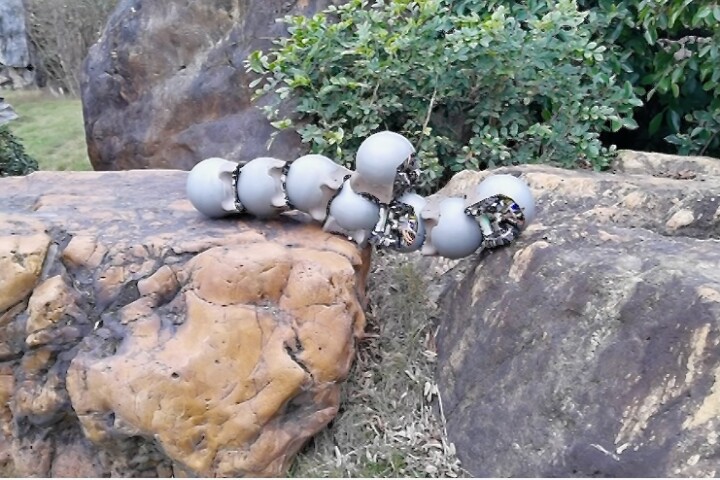BMW prides itself not only on integrating the latest technologies in its vehicles, but also in the process of designing and manufacturing them. The company claims to be the first automaker to implement a robotic optical measuring cell at a BMW Group pilot plant in Munich. It's essentially a fully automated 3D scanner that can create a digital model of a full-sized vehicle in half the time previously required.
Creating digital 3D models of most large or awkwardly-shaped items has typically required making multiple passes of the object from different angles using some type of handheld 3D scanner.
BMW's system combines its optical measuring cell with a robotic arm that can freely move around and map the vehicle from all sides with an accuracy of less than 100 micrometers. Two robots can be setup in a garage-sized space to work in parallel and complete the scan twice as fast. Each robot is fitted with two sensors that go along the vehicle capturing the surfaces in 80 cm x 80 cm squares that are then put together to create a composite.
"A single measurement provides us with a 3D data model of the total vehicle," said Eduard Obst, BMW's Head of Geometric Analysis, Measuring Technology and Cubing, in a release. "Lengthy individual measurements and data collation are no longer needed – saving time and enhancing quality at the start of series production."
Previously, BMW had used robots with a single sensor recording one side of the vehicle at a time, taking twice as long as the new system. It says the new, automated system can be run at full capacity, including during off-peak hours or overnight

BMW says analysis of the resulting model helps catch flaws or other deviations from the standard vehicle design early on. It's like an extra, high-tech layer of quality control.
The company has been using the system for measurement of sheet metal parts and tool inspection since 2015 and says the BMW 5 Series Sedan will be the first vehicle in its lineup to fall under the watchful eye of the new optical cell.
Source: BMW







